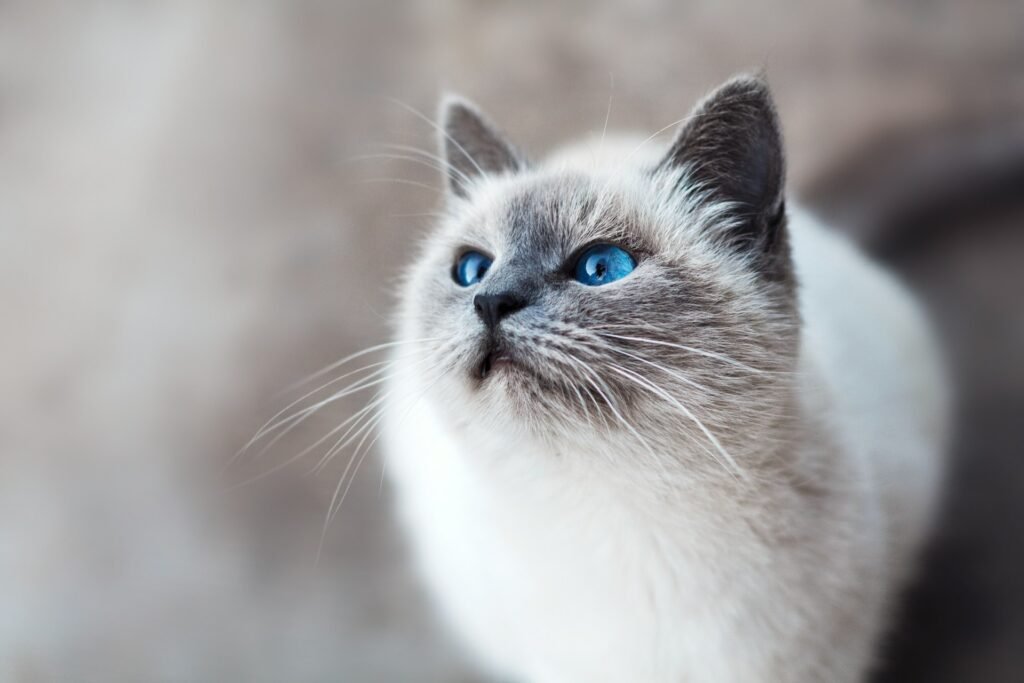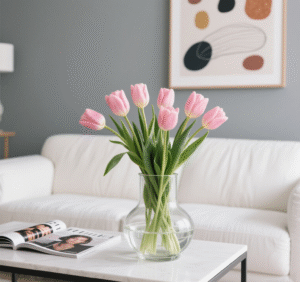This post may contain affiliate links which means we may receive a commission at no cost to you, if you make a purchase through a link. Please see our full disclosure for further information.
For French families, pets are more than just animals—they’re beloved members of the household. This is why France’s Most Popular Household Pets: Breeds, History & Care matters to anyone curious about how the French live, love, and care for their furry companions.
From compact city apartments to rural homes, certain dog and cat breeds stand out as favorites, rooted in France’s history and tailored to modern life. Let’s dive into the top breeds, their stories, and how to care for them—all key parts of understanding France’s Most Popular Household Pets: Breeds, History & Care.
Top Dog Breeds in French Homes
Dogs are the most popular pets in France, with over 7 million households owning one. These three breeds dominate, thanks to their adaptability, charm, and ties to French culture.
1. French Bulldog (Bouledogue Français)
The French Bulldog, or “Frenchie,” is France’s ultimate city dog—and a star of France’s Most Popular Household Pets: Breeds, History & Care. It traces its roots to 19th-century England, where small bulldogs worked as “ratters” in factories. When lace workers from Nottingham moved to France (to avoid industrial changes), they brought these bulldogs with them. The French fell in love and refined the breed: making its body stockier, ears “bat-like” (a signature trait), and temperament calmer.
Today, Frenchies thrive in small apartments—they need only 20-30 minutes of daily walkies (no long runs, thanks to their flat faces). They’re affectionate, playful, and great with kids, which makes them perfect for busy French families.
2. Poodle (Caniche)
Though some argue the Poodle originated in Germany, France made it its own—and it’s a staple of France’s Most Popular Household Pets: Breeds, History & Care. The French developed three sizes (Standard, Miniature, Toy) and turned the Poodle from a water retriever into a sophisticated companion. Royalty like Louis XVI loved Poodles; they even appeared in 18th-century French paintings.
Poodles are smart—one of the most intelligent dog breeds—and need mental stimulation (like training or puzzle toys) as much as physical exercise. Their curly coats require regular grooming (every 4-6 weeks), but they shed very little, making them ideal for people with allergies.
3. Bichon Frise
The Bichon Frise’s fluffy white coat and cheerful personality have won over French homes for centuries. Originating in the Mediterranean (likely from Malta), the breed was brought to France in the 16th century by sailors. French nobles adopted Bichons as lap dogs; they even performed tricks in royal courts.
Today, Bichons are great for families and first-time owners. They’re small (10-12 inches tall), love cuddles, and get along with other pets. Their coats need weekly brushing to prevent mats, but their happy demeanor makes the effort worth it.
Favorite Cat Breeds in French Households
Cats are close behind dogs in popularity, with 6.5 million French households keeping them. These breeds top the list for their calmness and compatibility with French life.
1. Chartreux
The Chartreux is France’s only native cat breed—and a pride of France’s Most Popular Household Pets: Breeds, History & Care. Its history dates to the 14th century, when Carthusian monks in the Chartreuse Mountains raised them to control mice in monasteries. The breed almost disappeared during World War II, but French breeders saved it.
Chartreux have short, dense blue-gray coats (often called “blue fur”) and gentle eyes. They’re quiet, independent, and great for busy families—they don’t demand constant attention but love occasional snuggles. Their coats are easy to care for: just weekly brushing.
2. British Shorthair
Though it originated in England, the British Shorthair is a favorite in French homes. Its round face, plush coat, and laid-back attitude fit perfectly with the French love of “chill” pets. The breed became popular in France in the 20th century, thanks to its adaptability to apartments.
British Shorthairs are low-maintenance: they play in short bursts and prefer napping on sofas to running around. Their thick coats need weekly brushing, and they’re great with kids—they rarely scratch or bite.
3. Ragdoll
The Ragdoll’s soft fur and docile nature make it a hit in French households. Originating in the U.S. in the 1960s, it arrived in France in the 1980s and quickly gained fans. Ragdolls get their name because they go limp (like a ragdoll) when you pick them up—perfect for cuddling.
Ragdolls are large (10-20 pounds) but gentle. They love being around people and even follow their owners from room to room. Their long coats need biweekly brushing to avoid tangles, but their sweet personality makes them a beloved family pet.
A Brief History of Pets in France
To fully understand France’s Most Popular Household Pets: Breeds, History & Care, you need to look at their past.
- Medieval Times: Nobles kept dogs for hunting (like Greyhounds) and cats to protect food stores from mice. Commoners rarely had pets—they focused on survival.
- 17th-18th Centuries: Royalty turned pets into status symbols. Louis XIV had a menagerie of dogs; Marie Antoinette loved Poodles and cats.
- 19th Century: Industrialization changed everything. As French families moved to cities, they started keeping small dogs (like Frenchies) and cats as companions, not just workers.
- Today: France has strict pet laws (e.g., no abandoning pets, mandatory microchipping) and a culture that treats pets as family. Many cafes and shops let pets inside—unheard of in some countries.
Caring for France’s Beloved Household Pets
Caring for the breeds in France’s Most Popular Household Pets: Breeds, History & Care means matching their needs to French life:
1. Diet
- Feed high-quality dog or cat food (look for brands with real meat as the first ingredient). French pet owners often avoid cheap foods with fillers.
- Don’t give human food like garlic, onions, or chocolate—these are toxic to pets.
- For small breeds (like Toy Poodles or Bichons), use small kibble to prevent choking.
2. Exercise
- French Bulldogs: Short daily walks (15-20 minutes twice a day) are enough—avoid hot weather (their flat faces make breathing hard).
- Poodles: Need 30-60 minutes of exercise daily (like walks or fetch). They also love training sessions (they learn tricks fast!).
- Cats: Provide scratching posts and toys (like feather wands) to keep them active. Chartreux and British Shorthairs need less playtime than Ragdolls.
3. Grooming
- Poodles/Bichons: Visit a groomer every 4-6 weeks for haircuts. Brush at home 2-3 times a week.
- French Bulldogs: Wipe their face folds daily to prevent infections. Brush their short coat weekly.
- Cats: Chartreux/British Shorthairs: Brush weekly. Ragdolls: Brush biweekly to avoid mats.
4. Health
- Take pets to the vet yearly for checkups and vaccines.
- Watch for breed-specific issues: French Bulldogs may have breathing problems; Poodles can get eye diseases; Ragdolls may develop heart issues.
- Microchip your pet (mandatory in France) to help find them if they get lost.
Why These Pets Fit French Life
France’s Most Popular Household Pets: Breeds, History & Care isn’t just about breeds—it’s about how they fit French culture. French families value:
- Adaptability: Most live in apartments, so small/medium breeds (Frenchies, Bichons, Chartreux) work best.
- Temperament: Calm, affectionate pets (like British Shorthairs or Poodles) match the French love of relaxation.
- Heritage: Breeds with French ties (French Bulldogs, Chartreux) let families connect to their country’s history.
Conclusion
France’s Most Popular Household Pets: Breeds, History & Care shows that pets are at the heart of French family life. From the French Bulldog’s city-friendly charm to the Chartreux’s quiet grace, these breeds reflect France’s love of comfort, history, and joy. Whether you’re a French local or a visitor, understanding these pets helps you understand what makes French homes feel like home—warm, welcoming, and full of furry love.
If you’re thinking of getting a pet like these, remember: they’re not just animals—they’re part of the family. And that’s the French way.
Uncover further inspiration in our blog.
Thinking of getting a cat?
Cats 101: Basic Health & Care Tips to Keep Your Cat Healthy
How To Look After a Dog – Dog Facts


















